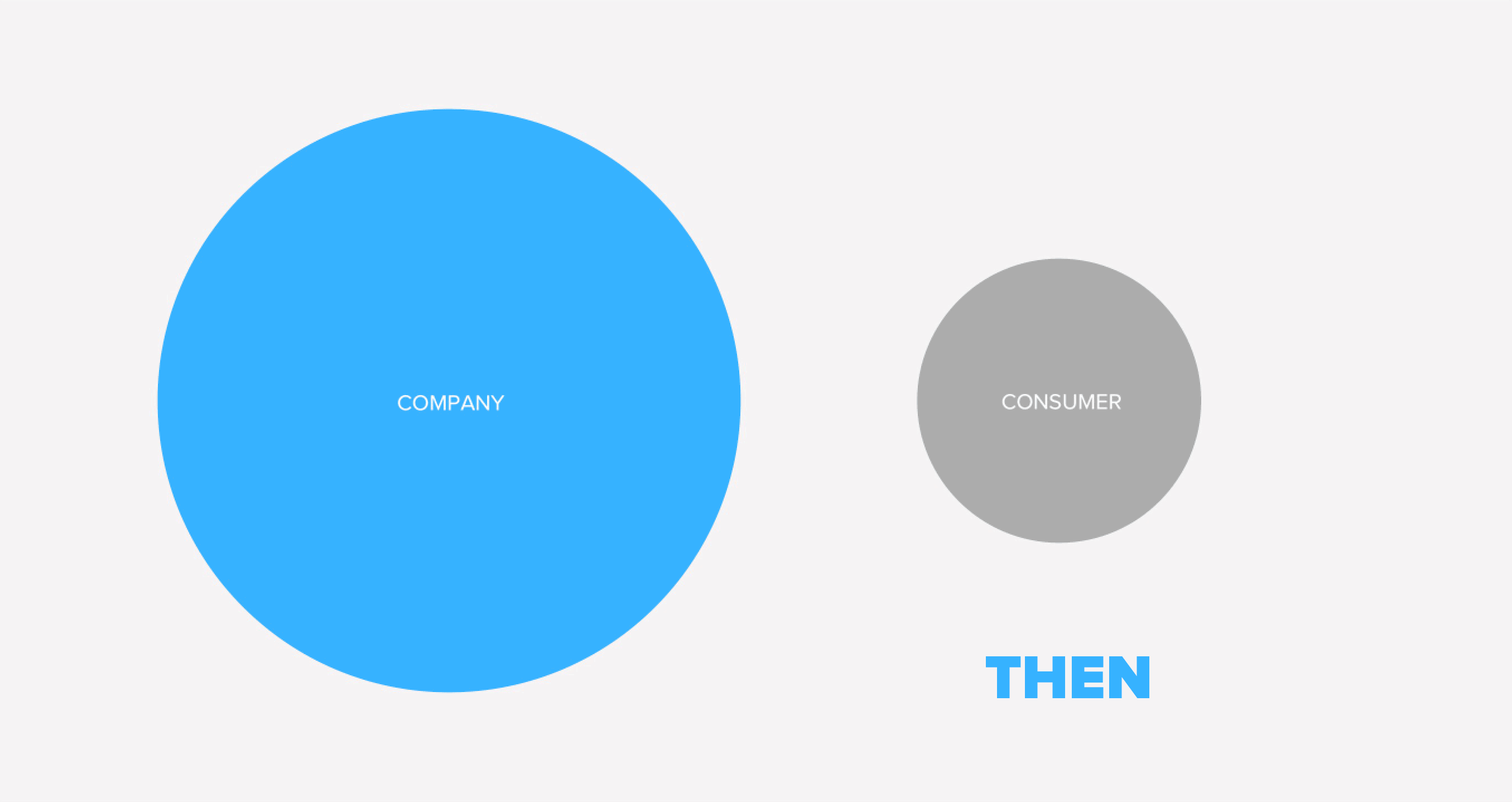“It’s not the fittest, nor the most intelligent that survives. It is the most adaptable to change.” This is a statement that has been widely attributed to Charles Darwin, a man best known for his scientific theory of evolution by natural selection.
But as digital continues to disrupt sector after sector, his words are just as relevant for business today as they are for the very existence of life as we know it. Today’s business leaders need to transform their organisations to be adaptable, the question is how?
It took over 8,000 years for humans to move from the agricultural revolution to the first industrial revolution. It’s taken just 50 to move from the third to the fourth. This rate of change far outstrips our own human ability to adapt – and we’re only just beginning to see what the future will hold.
From first to third
The impact of the first revolution can’t be overstated. It moved entire populations. Before the Industrial Revolution, it’s estimated that 98% of Europeans lived in rural areas, working on farms. By the mid-1800’s, just 50 years after the introduction of mechanisation, half the people in England lived in cities and worked in factories.
The introduction of electricity during the second revolution led to mass production, making the car available to the middle classes. People no longer had to live in overcrowded cities to work in factories and offices. People started driving to work and suburban areas developed. The personal computer and the internet transformed the way we lived and worked again. Sparking a new age of instant global communication, ramping up productivity to unseen levels in human history. There is now more content published on the internet every minute than any one person could ever hope to read in a lifetime.
What I’m demonstrating here is that each time the world has gone through a period of industrial upheaval, the changes have been unprecedented. The impact has been far more wide-reaching than the simple introduction of new technology. It has completely overhauled how humans exist in the world and interact within it.
And into the fourth.
Today, the world has changed again. Digital has changed it. Organisations need to transform if they have any hope of surviving. In many cases, the customer journey has changed beyond recognition. As we tip into the fourth revolution, we are always ‘on’. Always connected – and our expectations have increased. This ‘network society’ is a product of the digital revolution and some major socio-cultural changes.
One of these is the rise of what’s been called the ‘me-centered society’. Marked by an increased focus on the individual and a decline in community, social relationships and how we interact with businesses are being reconstructed on the basis of individual interests, values, and needs.
We’re spoilt for choice. Look for anything you might want to buy online and you’ll find it cheaper than you can at the mall or the high street, you’ll have many more options and you can often have it delivered at no extra cost. Look for a service and you can sign up without leaving your bedroom.
We have far higher expectations. The great majority of us have interacted with international companies. Companies who have progressive customer experience strategies underpinning their entire business. Take Zappos for instance. Zappos is an online shoe retailer and it provides a 365 day ‘no-questions’ money back guarantee on every single purchase. A program that’s helped lead to an estimated annual turnover in excess of $2 Billion.
Because of this, convenience and customer experience has become the differentiating factor between success and failure. And, whether it’s Twitter, Facebook, Instagram, Snapchat or even a personal blog, we all have platforms that we can use to be heard.
In the mass consumer era, the power lay with the company. Today the power lies with the consumer. They have more choice than ever before as well as the power to make or break the reputation of a brand. Approached correctly, this shift offers incredible opportunities for organisations willing to make significant changes. Opportunities in cost savings and time efficiencies, to open new markets, test new ideas quickly and affordably, to acquire new customers and to retain existing customers.

The more a business can provide solutions that match their customer’s demands and expectations, the more successful they will be. Just look at Apple and their recent $1 Trillion valuation. A milestone quickly followed by Amazon, another customer-centric organisation.
Unlike consumers, however, most organisations are struggling to keep up with the pace of change. In many cases, digital has dramatically changed the competitive landscape but businesses don’t have the skills or the experience to know how to change to remain competitive. Nor are they investing in human resourcing for new digital staff, or training and development for existing staff.
We cannot ignore the change, burying our heads in the sand whilst opportunities pass us by and we fall further and further behind. As I’ve said before,
There is no slowing progress. Nor does progress consider our personal preferences or those of the businesses we work in. It is your choice whether digital is approached proactively, prioritising investment to drive competitive advantage or to hold back, to wait until you no longer have a choice.
It’s impossible to truly benefit from digital unless we can transform our businesses and the culture within them. As Steve Jobs once said, “You have to start with the customer and work back to the technology.”
As I’ve previously written, digital transformation, at its core, has very little to do with technology. It’s a process of change management. To truly meet the needs and expectations of their connected consumers, business leaders need to understand that they cannot stand still whilst the world changes around them.
They must shift their attention from internal limitations to external possibilities. They must break down internal silos, promote open, transparent communication and shared accountability for success. They must invest in human resourcing for new digital personnel, in communications and training for existing personnel and in creating an environment that promotes all of the above in order to realise these opportunities. They need to transform the culture of the business from the inside out and from top to bottom.
This is digital transformation.
Article by channel:
Everything you need to know about Digital Transformation
The best articles, news and events direct to your inbox
Read more articles tagged: Definition, Featured








